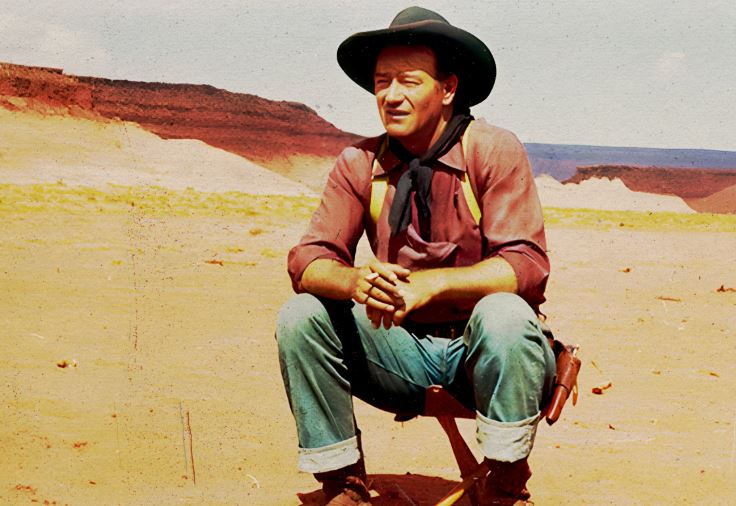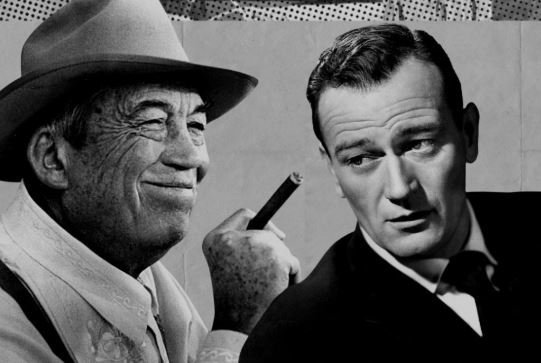Unless their name was John Ford, any time John Wayne walked his signature walk onto a movie set, he was usually the most powerful and influential person involved in the production.
Sure, he had to recite the lines as they were written in the script and follow the directions given by the person behind the camera, but this was ‘The Duke’, who liked to throw his weight around and remind people that he didn’t become Hollywood’s most formidable star for nothing.

Wayne battled with countless filmmakers and co-stars throughout his career, and he typically won those encounters, whether physical or verbal. He was simply too popular, too bankable, and too influential to hear the word ‘no’ on a regular basis, and not even one of cinema’s greatest-ever directors was able to rein him in.
By the time they worked together on 1958’s The Barbarian and the Geisha, John Huston had two Academy Award wins and 11 nominations to his name and had crafted indelible classics like The Maltese Falcon, The Treasure of the Sierra Madre, and The African Queen, to name but three.
On paper, that gave him the success, status, and reputation to go toe-to-toe with ‘The Duke’ and emerge relatively unscathed, but that wasn’t the case. Instead, Huston confessed that despite his initial belief that Wayne was perfect to play Townsend Harris in the film, he was dead wrong.
“He had proved he could act in Red River and The Searchers, and I wanted to tap into that talent,” he explained to Michael Munn. “I saw Wayne as a giant form among the tiny people who existed in the exotic world of Japan in the 1880s. Who better to symbolise the big and awkward country that was the United States back then?”
Huston was adamant that “Wayne was the right choice,” until he realised otherwise: “I made a terrible mistake.” ‘The Duke’ was never receptive to his style of marshalling a set, and the slower pace of production left him ready to quit after two weeks. He didn’t, but he did try to make his director’s life a misery from that point on.
“A film should be a partnership between director and actor,” Huston said. “But we were at odds almost from the beginning.” Even when The Barbarian and the Geisha was finished, Wayne weaponised Huston’s absence to effectively seize control of post-production and create a final cut that was more to his liking than the director’s, which left the latter “aghast” when he finally saw what had happened to his picture.
One of cinema’s biggest stars partnering up with one of its most talented directors should have been a recipe for success, but the movie was a box office disappointment and critical misfire, which was largely down to its two most outspoken personalities never once seeing eye-to-eye.
